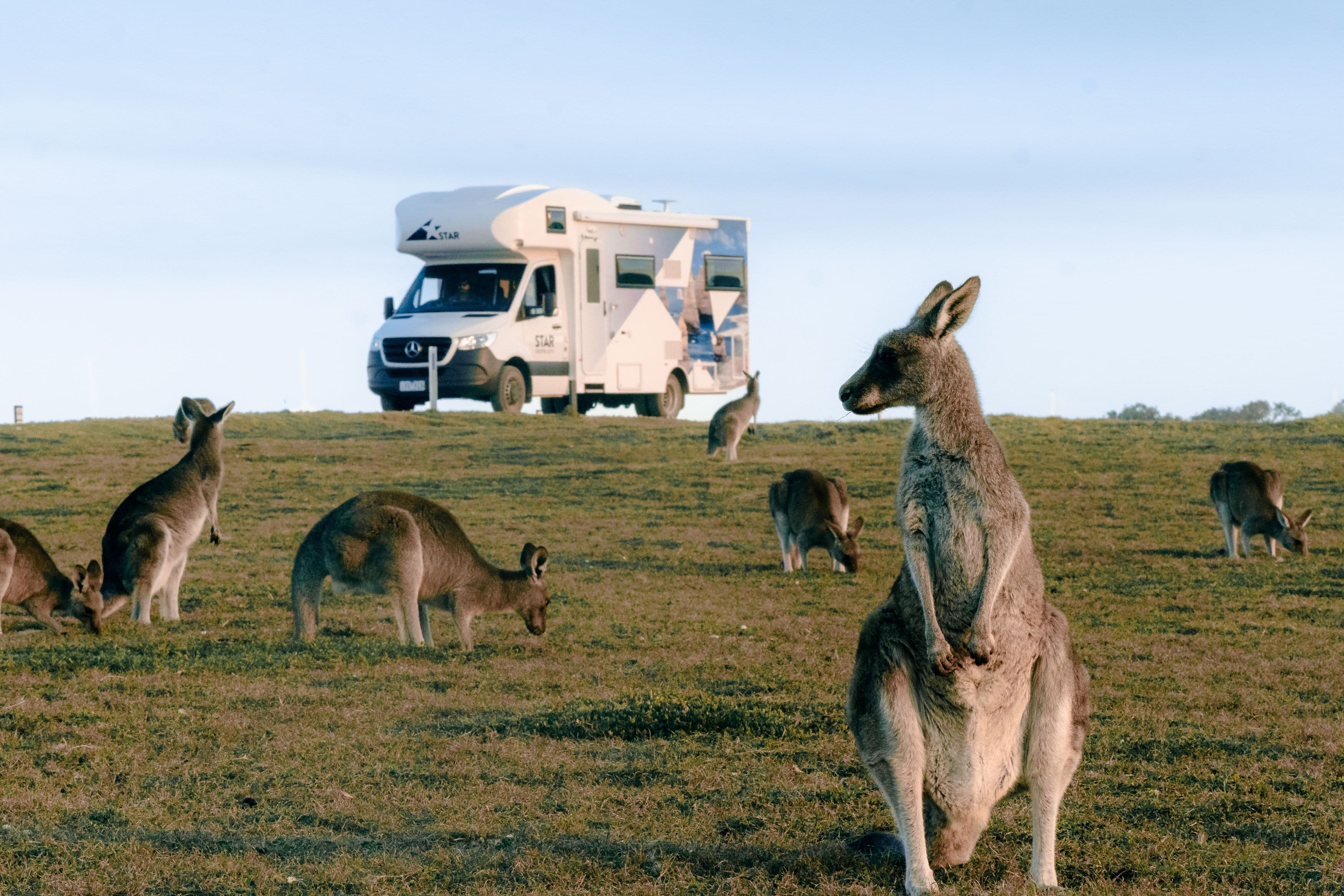
Victoria's best wildlife hotspots
Australia's wildlife is renowned for its uniqueness and diversity, boasting a myriad of species. From iconic marsupials like kangaroos, koalas, and wallabies to the fascinating monotremes such as the platypus and echidna, Australia is full of remarkable creatures.
Victoria may be small compared to other Australian states, but that doesn’t mean it’s lacking when it comes to native wildlife. In fact, Australia’s second-smallest state boasts some of the most spectacular wildlife viewing opportunities in the world.
Home to diverse ecosystems, from rugged coastlines to lush rainforests, Victoria provides habitats for various animals. Whether exploring coastal cliffs, dense forests, or vast wetlands, Victoria promises extraordinary encounters with its remarkable wildlife.
When planning your Australian road trip, make sure to add these wildlife hotspots to your itinerary.
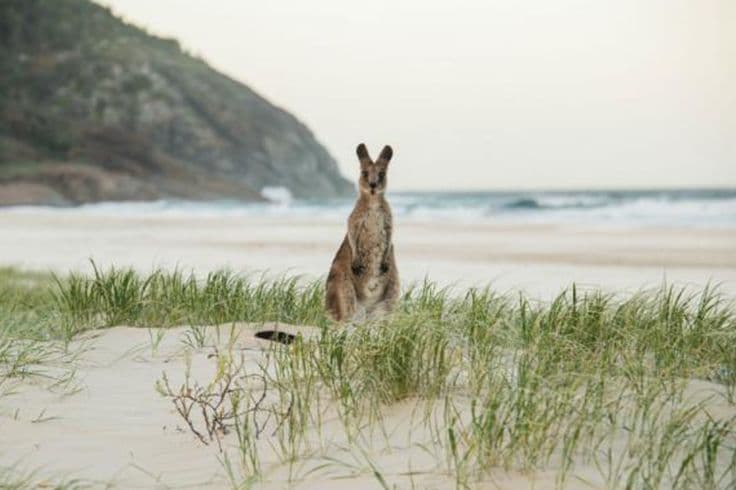
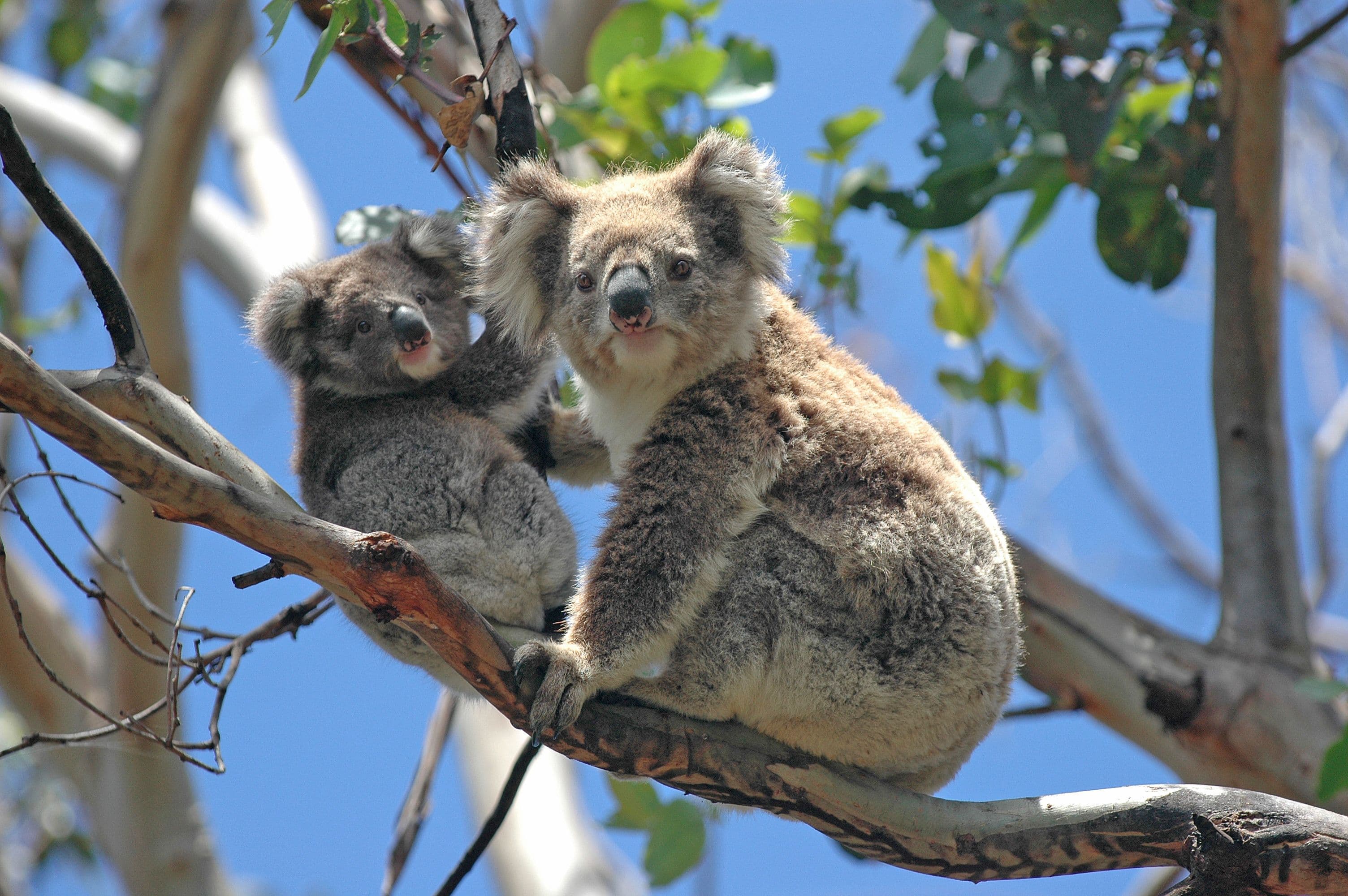
Otway Ranges
The Otway Ranges may not be one of Australia’s more iconic natural wonders. However, that doesn’t mean it’s not filled with spectacular flora and fauna. And not just on land: off the coast, it’s not unheard of to spot the majestic Southern Right Whales. The Otways is a coastal national park boasting beaches, mountains, and a rainforest.
In this natural haven, lush ferns, gently swaying trees, and ancient plant life converge, creating an ideal sanctuary for a variety of native creatures. As you wander through this tranquil paradise, keep your senses sharp for encounters with new friends of the furry, fuzzy, or feathered variety. Here, you might encounter kangaroos, wallabies, echidnas, and even majestic Southern Right whales, which grace these shores from May to October.
Be sure to look up when exploring the Otway Ranges as this is the perfect place for Koala spotting. Kennet River is also a great place to see Koala’s and is only a short drive from Lorne.
One final spot to make time for in your Otway Ranges itinerary is an after-dark stop at Melba Gully. Here, giant trees and ferns create a pathway to the glowworms that twinkle their light by night. It’s a magical end to your time in the Otway Ranges.
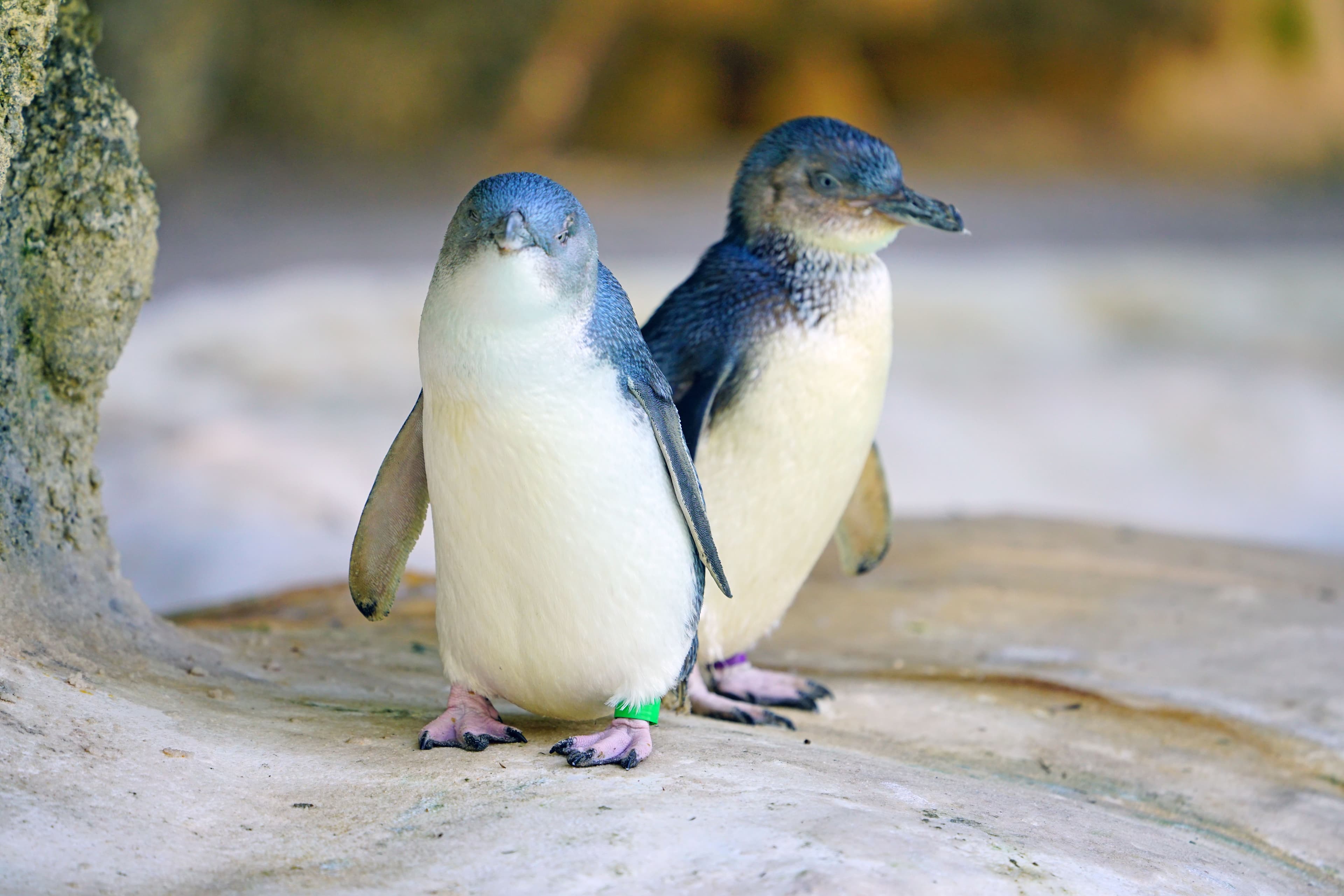
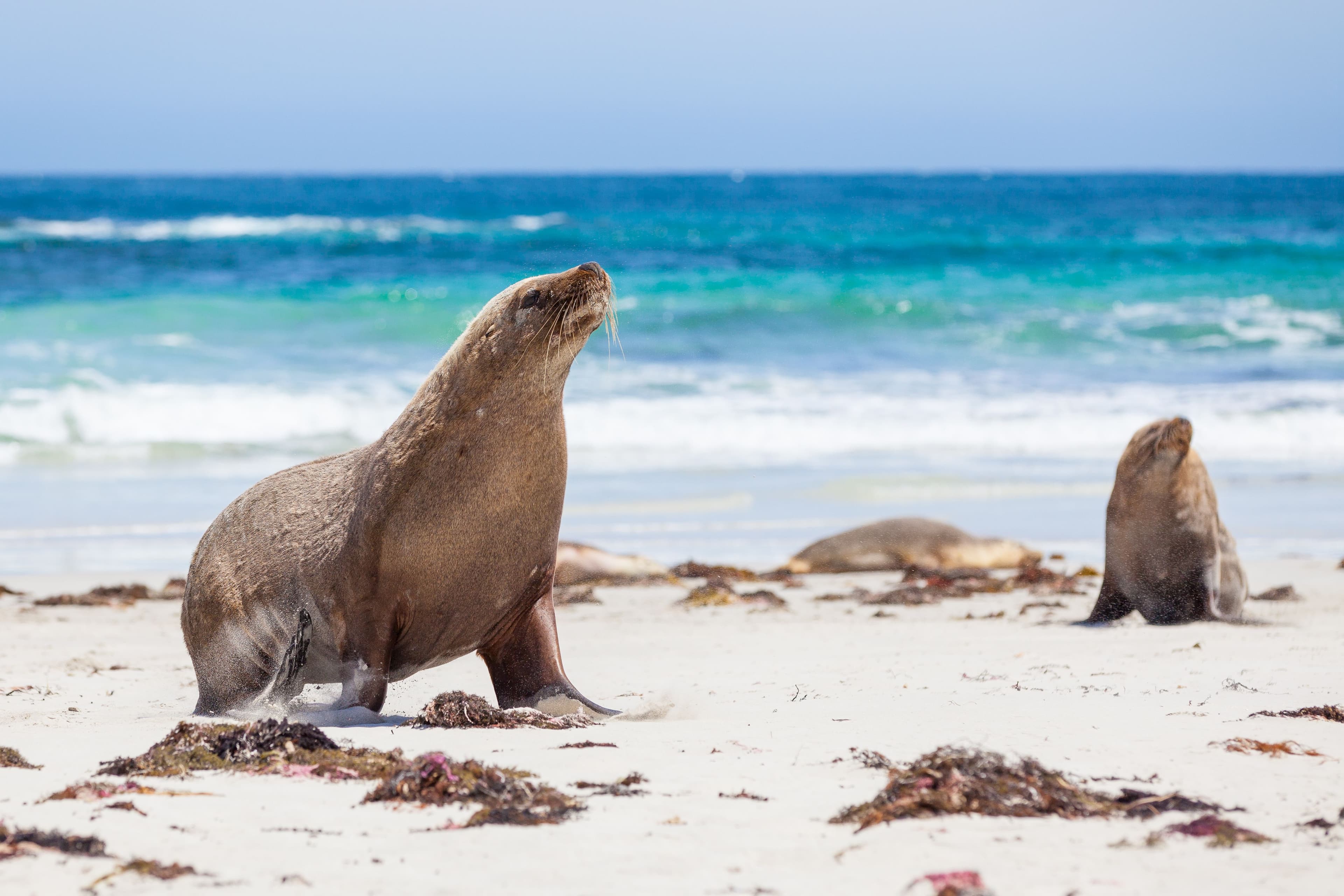
Phillip Island
Phillip Island, nestled off the coast of Victoria, is a haven for wildlife enthusiasts. Renowned for its stunning landscapes and abundant biodiversity, the island offers visitors a chance to witness some of Australia's most iconic creatures in their natural habitat.
The most famous attraction is the Penguin Parade, where at dusk, hundreds of pygmy penguins emerge from the ocean and waddle their way across the beach to their burrows. The best way to see the smallest penguins in the world is to choose either a self-guided tour or a ranger-led excursion here.
Little penguins are not the only marine attractions on the island. The Nobbies is a hub for Australia’s largest fur seal colony. Stroll along the boardwalk to see some of the 25,000 playful seals up close. Spectacular rugged coastline views are your bonus as you explore, as is the blowhole from the 12-metre deep sea cave.
No Phillip Island trip is complete without a visit to the Koala Conservation Centre. The centre’s breeding and bush conservation programmes have been solely responsible for saving Phillip Island’s koala colonies. The tree-top boardwalk gets you the best view of these sleepy marsupials as they go about their day.
Although an island, Phillip Island is drivable thanks to the San Remo bridge, perfect for your Star RV motorhome adventure.

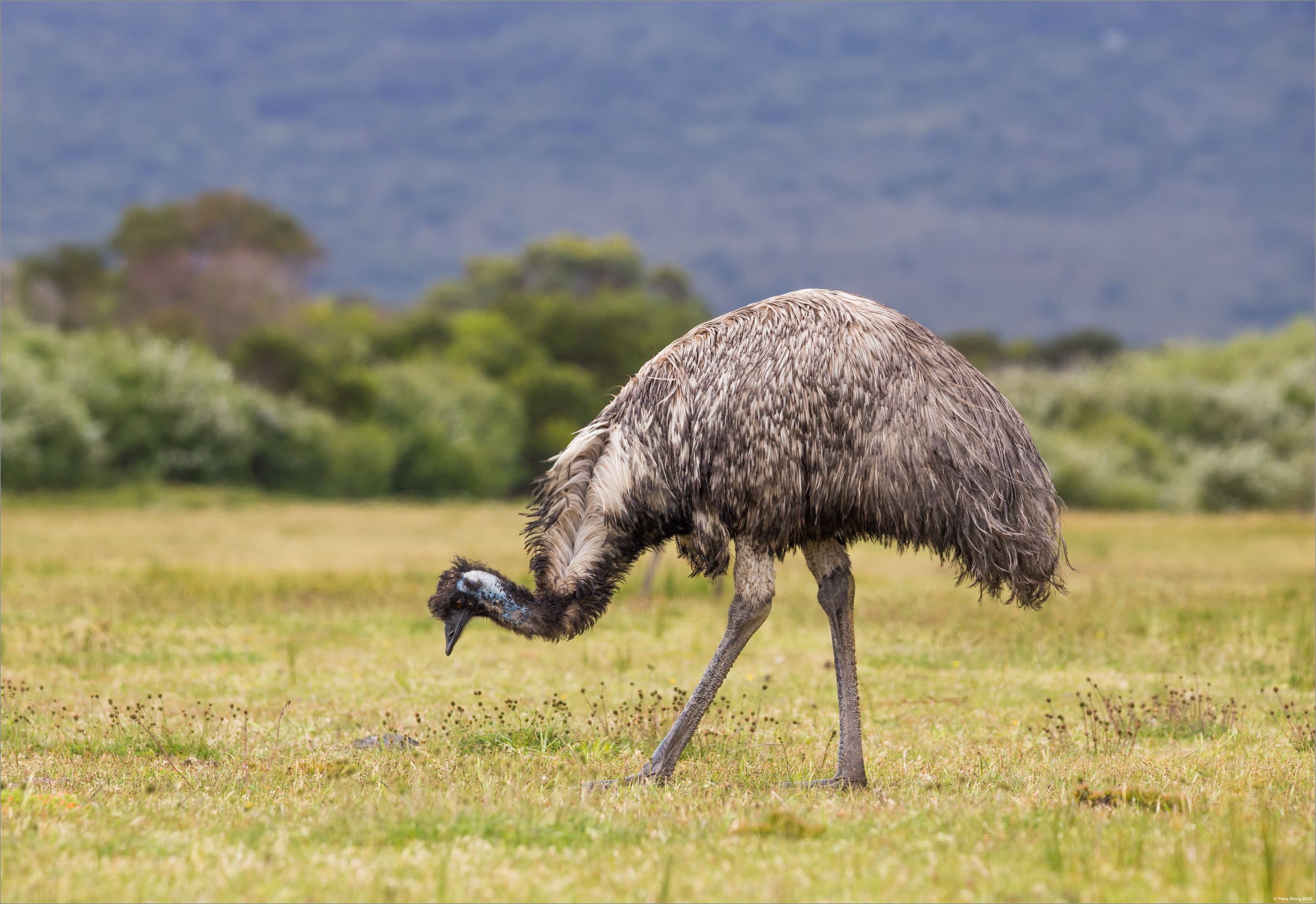
The Grampians
If you’re looking for an authentic Australian wildlife encounter, head to The Grampians – a rugged mountain range three hours' drive from Melbourne.
The national park is celebrated for its diverse landscape and rich birdlife, with a whopping 400 bird species calling the Grampians home. Watch for the yellow-faced honeyeaters, mulga parrot, and the endangered red-tailed black cockatoo.
If you crave more, take the 3-hour hike to Mud-Dadjug (Mount Abrupt). Here your rewards go beyond the scenery of the rock-slab summit as wedge-tailed eagles, peregrine falcons, and nankeen kestrels soar overhead.
Halls Gap is the gateway to the Grampians and is home to lots of kangaroos, wallabies, emus, bandicoots, and potoroos. If your time is limited, the Halls Gap Zoo is a one-stop-shop for the ultimate Aussie wildlife experience.
A great way to experience the Grampians is by staying overnight. Set up your Star RV for the night and take in the wonders of the night sky. If you have a torch, you can take a night walk, although a guided walk with an expert will help you to discover more fauna-spotting moments.
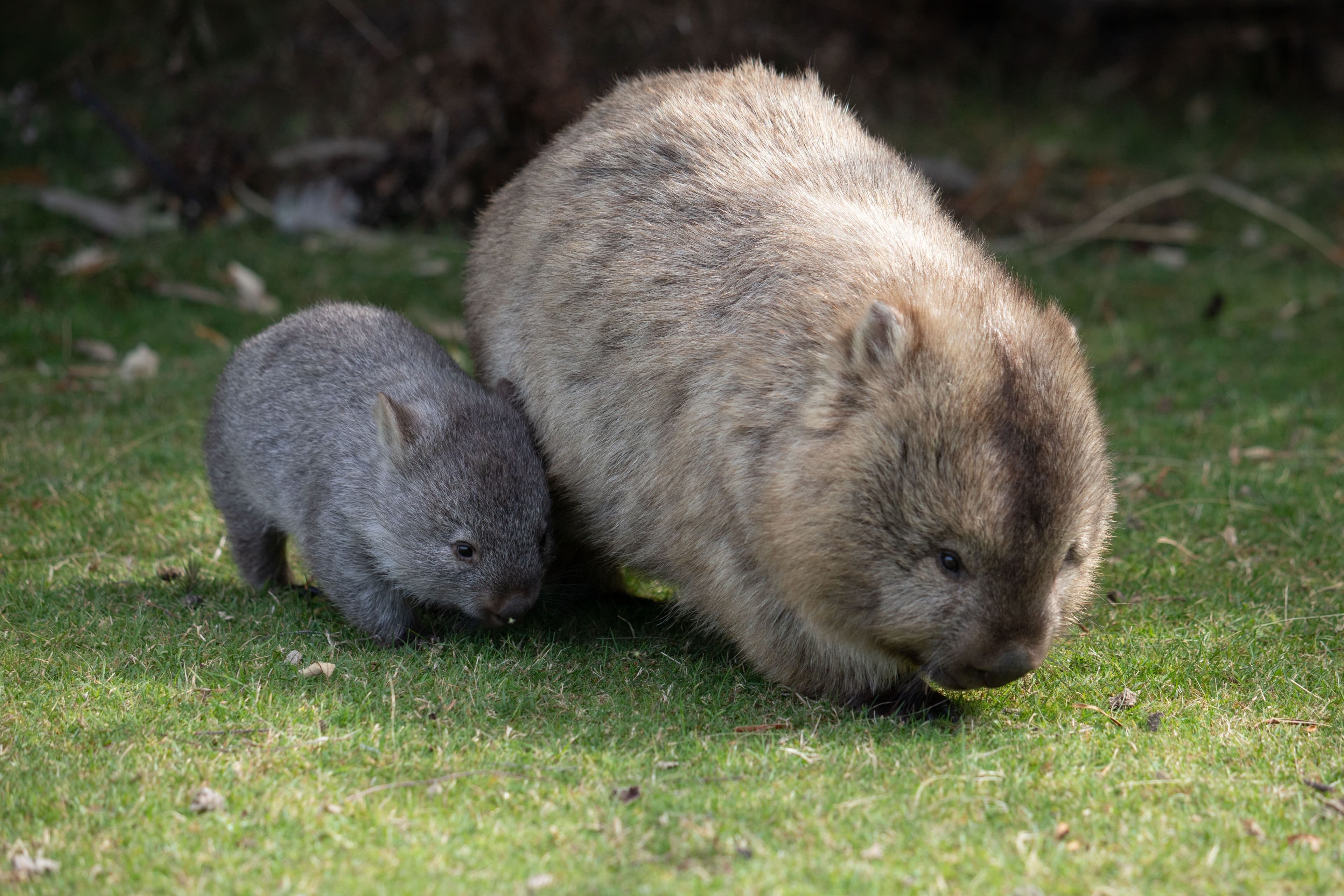

Wilsons Promontory National Park
Wilsons Promontory is a 50,000-hectare national park located at mainland Australia’s southernmost point.
Known for its beaches, rainforests, and abundance of wildlife, the park’s diverse vegetation, including the most southerly mangroves in the world, provides the perfect sanctuary for a range of native Australian animals and birds.
As you explore its diverse habitats, you’ll encounter a plethora of native species, including eastern grey kangaroos grazing in the grasslands, wombats foraging in the forests, and echidnas trundling along the trails.
For wildlife-filled hikes, the Squeaky Beach Track is an enjoyable 50-minute trail filled with kangaroos and wombats, while the 6-kilometre Lilly Pilly Gully Circuit passes through native bush, eucalypt trees, and temperate rainforest.
For panoramic views, a side trip to the summit of Mt Oberoi is a worthy detour. We think looking out to the islands dotting the distance is particularly rewarding and for a quirky-yet-arty stop, the murals at Korumburra are worth pulling over for.
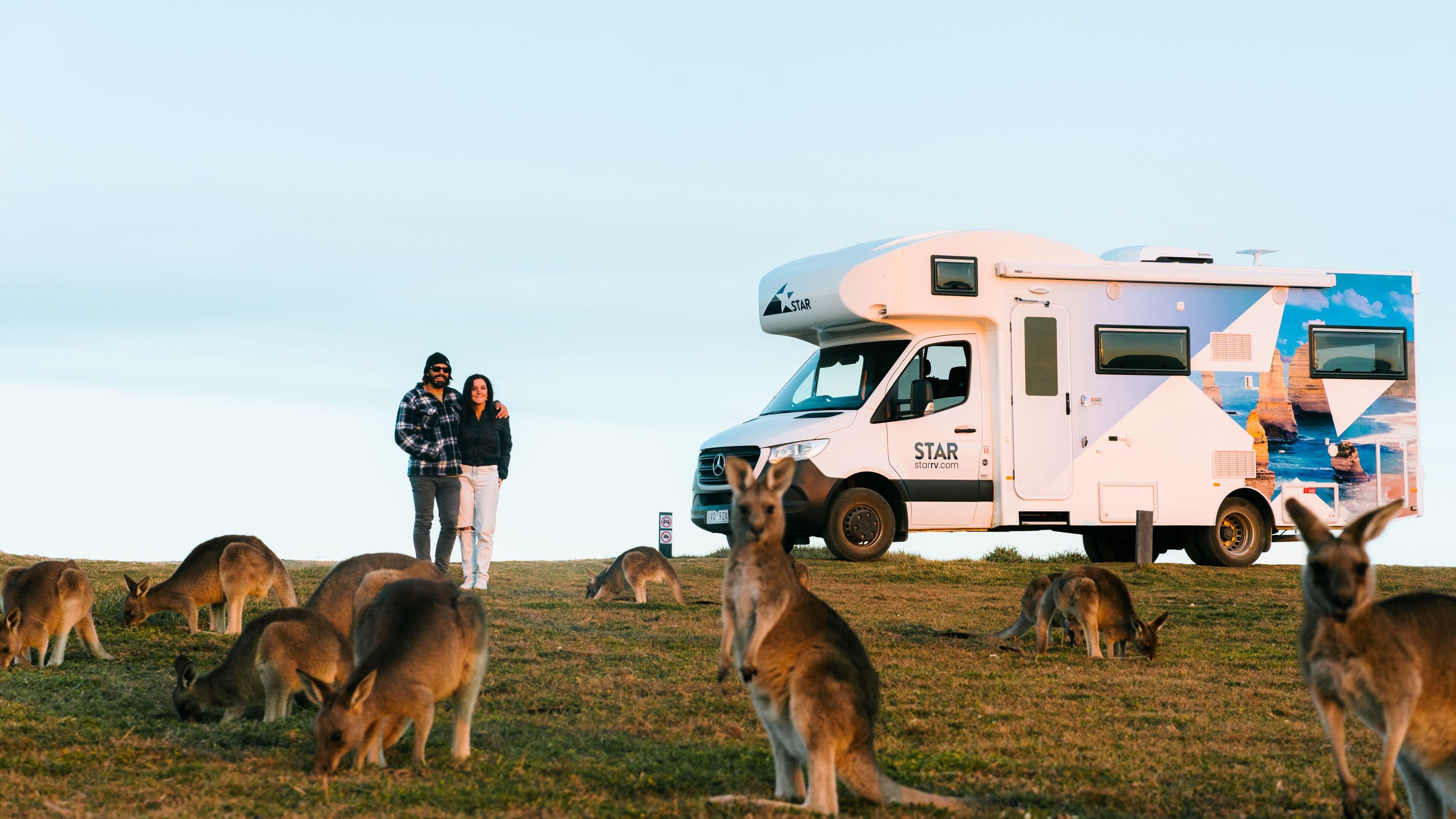
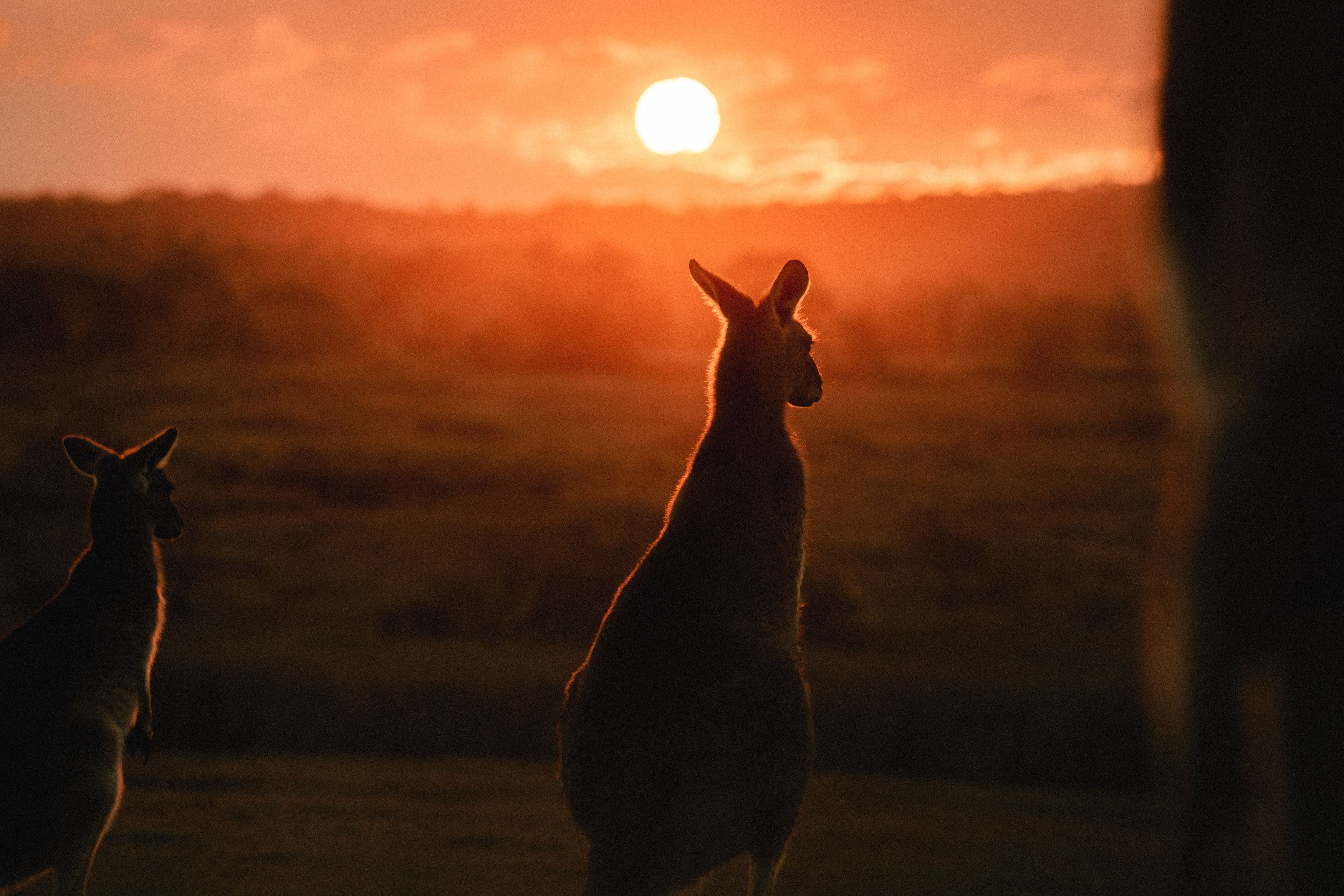
Mt Buffalo National Park
Nestled in the heart of the Australian Alps, Mount Buffalo National Park is a haven for outdoor enthusiasts. This alpine wonderland boasts a diverse range of habitats, from towering granite cliffs to lush forests filled with unique wildlife.
Despite its name, there are no buffalo here (you’ll only find them in the Northern Territory), but you will find wombats, wallabies, kangaroos, and a variety of bird species such as Peregrine falcons, wedge-tailed eagles, the superb lyrebird, and gang-gang cockatoos.
The park is accessible all year-round, but keep in mind that as Mt Buffalo has an alpine climate, it has two seasons to consider when visiting: green and white. It’s also worth checking in with Parks Victoria, as bush fire warnings and snow activity may affect your visit.
As with any area that’s praised for its natural habitat, be sure to stick to the marked paths. We also encourage you to carry out what you bring in and drive slowly as animals may be crossing the roads unexpectedly.
Something special awaits in Victoria.
To secure your Melbourne motorhome hire, click BOOK NOW or call our friendly team on 1800 875 018.